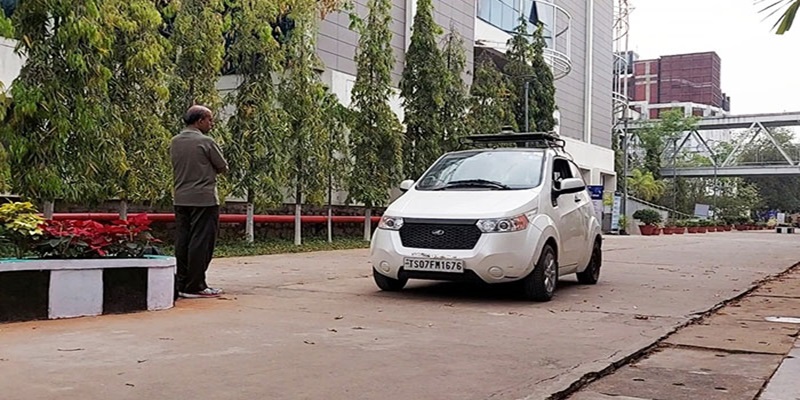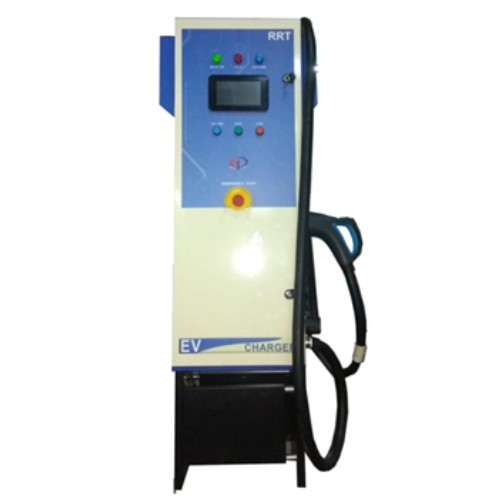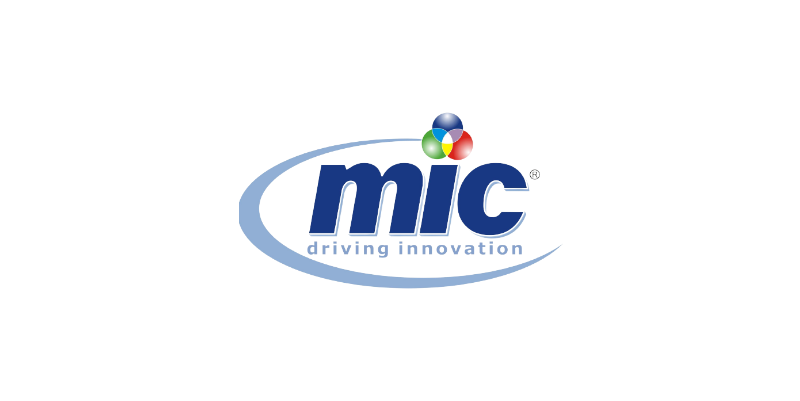Schedule a Call Back
IIIT Hyderabad unveils self-driving car equipped with 3D LIDAR
 Industry News
Industry News- Nov 18,24

Related Stories

Will revised MSME classification solve their funding puzzle?
Only 14 per cent of credit needs of Micro, Small and Medium Enterprises (MSMEs) - the backbone of India's economy - are met through formal channels. The revised MSME classification may mark a pivota..
Read more
India is a key strategic market for Hexagon: Jason Walker
In this interaction with Rakesh Rao, Jason Walker, VP, General Manufacturing Practice Lead, Hexagon, sheds light on the factories of the future and importance of India for Hexagon.
Read more
AWSi showcases office-on-wheel at Hannover Messe 2025
Recently, August-Wilhelm Scheer Institute (AWSi) collaborated with an Indian company to develop AI-driven tools to optimise insect farming operations
Read moreRelated Products
Tata Motors unveils facilities for development of Hydrogen propulsion tech
Tata Motors, India?s largest automobile company, unveiled two state-of-the-art & new-age R&D facilities for meeting its mission of offering sustainable mobility solutions. The unveilings constitute of Read more
Tata Motors plans petrol powertrain for Harrier and Safari SUVs
Tata Motors is in the process of developing a new petrol powertrain for its premium sports utility vehicles, the Harrier and Safari, as confirmed by a senior company official. Currently, these models Read more

Electric Vehicle Charger
RRT Electro is engaged in manufacturing of customized Power Electronic Products over two decades having capability to Design, Develop, Prototyping, Regulatory Compliance testing & Certification, Manuf Read more












